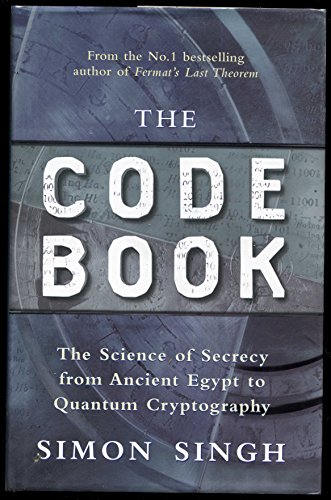A look at the world of codes includes a history of how they have affected the world, from the World Wars to the death of Mary, Queen of Scots, and also looks at what the future holds for the field of cryptography.
With their inextricable links to history, mystery and war, codes and ciphers offer a rich seam of material for any author. The relative dearth of non-technical books on the subject may be a reflection of its pretty technical foundations, which compel hard decisions about what to include and what to gloss over. Few are better qualified to take on the challenge than Simon Singh, the particle physicist turned science writer whose book
Fermat's Last Theorem, recounting the dauntingly complex story behind the proof of this mathematical conjecture, deservedly became a No. 1 bestseller.
The Code Book contains many fascinating accounts of code-breaking in action, from its use in unmasking the Man in the Iron Mask and the defeat of the Nazis to the breaking of a modern cipher system by a world-wide army of amateurs in 1994. It is especially good on the most recent developments, such as quantum cryptology and the thorny civil liberties issues raised by the advent of very secure cipher systems over the Internet. But Singh's mathematical prowess sometimes gets the better of his journalistic instincts, leading to technical descriptions that unnecessarily disrupt the narrative flow. So buy it-- and have a shot at the 10,000 pound mystery cipher--but be prepared to skip. --Robert Matthews
![]()
